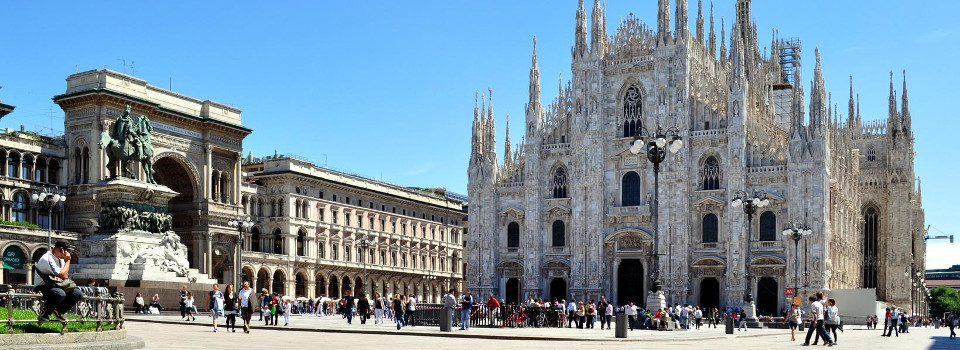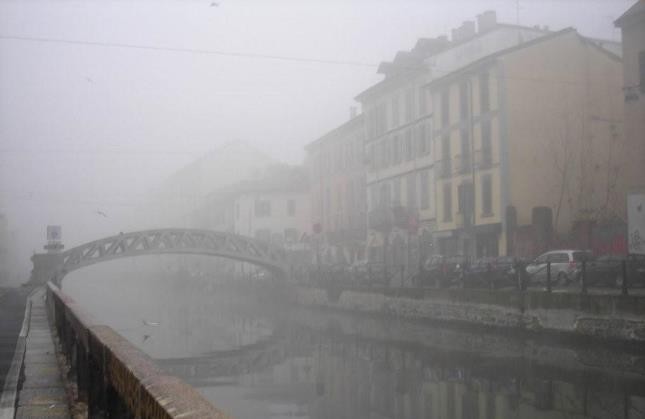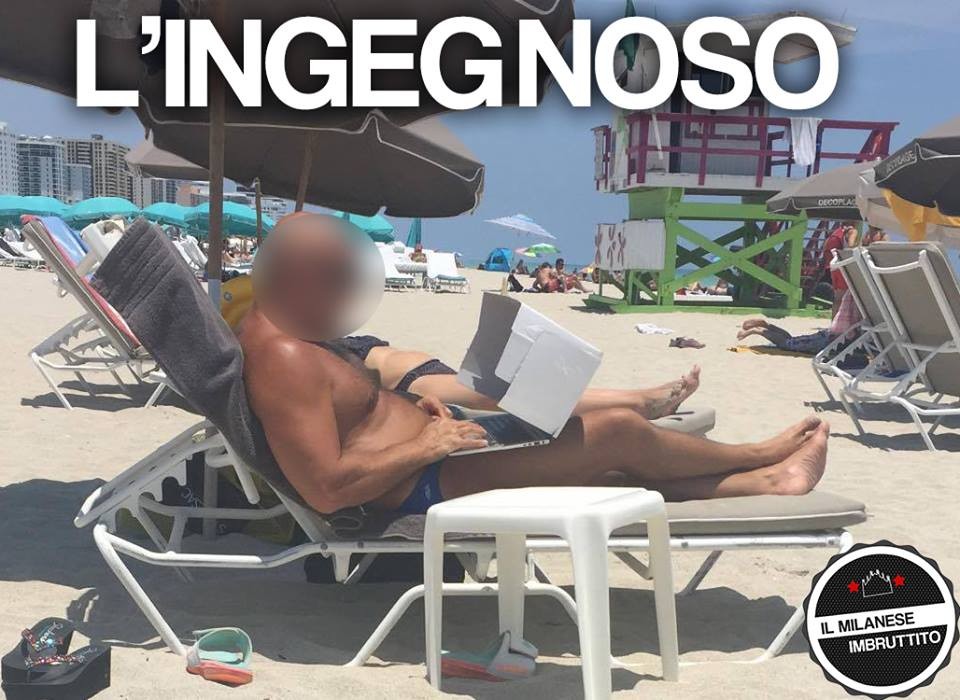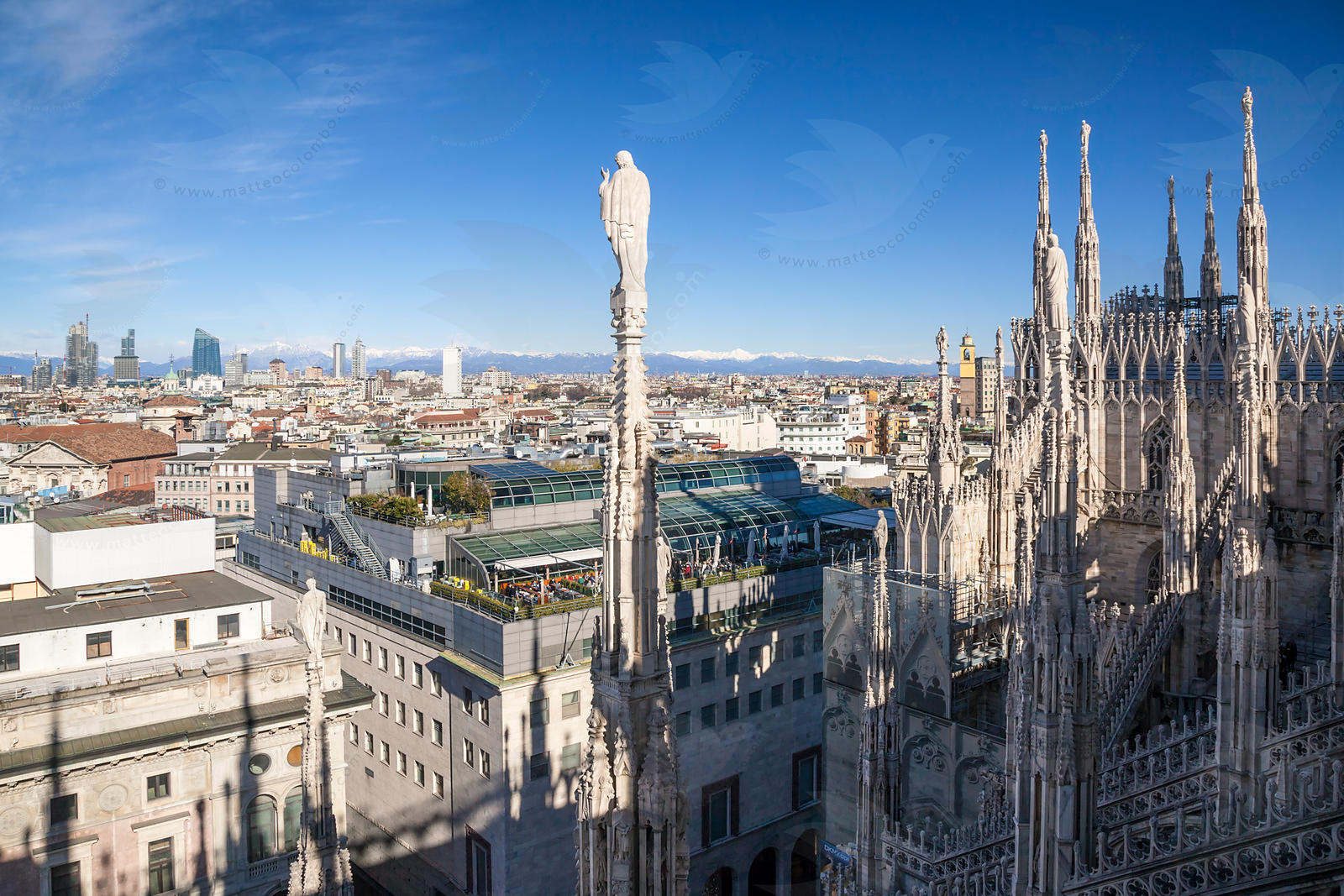What you need to know before coming to Milan | A travel guide to Milan
- What you need to know before coming to Milan
- How to get to Milan

Piazza del Duomo in the heart of Milan
Have you received a job offer in Milan? Are you thinking about going there for your Erasmus? Do you want to get to know the renowned fashion world of the city better? Well then, in this article you will find all the useful information about the city that can help you come to a decision and ease your boubts. Here are five facts about Milan that could change your mind about the city enormously.
1. Beauty
Most people know very little about Milan. Although it is in Italy, one of the most visited countries in Europe, Milan is not particularly loved by tourists. This may be due to the fact that at first sight, this Northern Italian city does not seem to be particularly pretty. But looks are deceiving; when you get to know the city a bit better and you try not to look at it in a superficial way, it can really impress you.
Many of you probably do not know that historically speaking, Milan is one of the most important cities in Italy and that it had an impact on all of Europe. Unfortunately, this former splendour has completely passed. Great artists like Leonardo da Vinci and Donato Bramante lived in Milan and left a legacy of significative artworks behind them. So for example, in the charming Church Santa Maria della Grazie built by Bramante, there is the "The Last Supper" by Da Vinci which is not a painting as many people think, but rather a fresco and thus a mural painting.

Milan was an important metropolis for artists from all over Italy even in the 20th century. The avant-garde art movement of Futurism originated in the Lombard capital thanks to the works of artists like Umberto Boccioni, Giacomo Balla, Gino Severini and particularly Filippo Tommaso Marinetti, father of Futurism. A good 30 years later, Lucio Fontana mocked the Milanese intellectual sphere with his simple, yet impressive art that can still be admired today at the Museo del '900. Then, in the 1960s, Piero Manzoni, Yves Klein and their friends painted the town red with their conceptual art. This inspiring atmosphere still exists in the city, even today, since many international artists come to Milan and people can admire and rediscover the cultural treasures of the city, from the antiquity via the Renaissance to modern times.
2. The cost

Our second point is not quite as pleasant as the first one: it is about money. Unfortunately one needs a lot of it to live half-decently. Whether we are talking about rent, food or nightlife costs, the city is generally very expensive.
If you are on the look out for a room or a flat, you will feel like crying after a few hours. For a room in a reasonably central area, you will have to pay at least 500€. Whether it will be nicely furnished is another thing. Also when it comes to food, the situation is not any better. Eating out in restaurants is almost impossible: consider that you will be spending at least 2. 50€ just for a drink and also usually 2€ for the Coperto (table cover and bread) per person and a main course costs at least 10€, unless you eat a pizza. Nowhere you'll spend less than 15€ and if you do, that is definitely an exception. When it comes to supermarkets, I have a consolation price for you: go to Esselunga (this is the name of a supermarket chain), that is the most convenient supermarket in the city. If you get a customer card, then you can benefit from even more discounts and you can accumulate points. I won't even start talking about cocktails and drinks: it's better if you always drink beer, that's the cheapest. You won't find a glass of wine for less than 5€ anywhere and cocktail prices start from 7€.
3. The weather

The Navigli look almost mystical in the deep fog!
You do know all the prejudices about the weather in London, don't you? In Milan they come true. Milan is always rainy, foggy or humid. There is nothing else there. In the winter season the fog is often so deep that you can't see the opposite side of the road. And in the summer season it is so humid that no one works and everyone goes to the seaside (yes, this is possible in Italy! ). If you are in Milan in August, you will see how the city becomes more and more empty and at some point you will be the only one left and you will be able to walk in the middle of the street. There is something about this, you feel a bit like after an apocalypse or something like that.
4. The people
All of Italy hates the people from Milan. If you go to another Italian city with friends from Milan, you will see how people make faces as soon as they start speaking. There is no need to ask them where they are from as you can immediately understand from their accent and their wording. In the rest of Italy people from Milan are described as unpleasant, cold, hectic and always stressed. They might seem like that at first sight, but personally I don't believe it has to do specifically with people from Milan, but rather with the classic behaviour of people who live in big cities. Sure, that is not the case in cities like Rome or Naples but they are exceptions and it has to be said that Southern Italian cities (just like the South in general) have many economic and financial problems that also link back to their laziness and their poor organisational skills. But I don't want to start a political debate, the fact is that people from Milan are simply a bit similar to the Northern Europeans in the way they behave and therefore they seem a bit cold to the people from Southern Italy.

So if you come from a Northern European country (which I assume if you are reading this article in English), Milan is a kind of compromise between the North and the South and the cultural differences will not seem that strong to you.
5. Modernity

View over Milan from the Duomo: the perfect combination of old and new architecture.
Our last point has also to do with the separation of Milan: unlike the other Italian cities, Milan is very progressive and tries to follow the new trends from Northern Europe and get involved in them. The perfect example of its modernity was the EXPO in 2015 that caused a sensation in the media. There are many aspects that could be criticised about this mega event (in Milan as well as in general), but nonetheless it says a lot about the ability of the city to host such an international event. And I believe that in other Italian cities the fiasco would have been even greater. The beauty of this city is exactly this exciting contrast between old and new, between tradition and modernity, between the echoes of the literary circle of the 19th century and the spacey fashion shows that take place in the Milanese city centre.
Photo gallery
Content available in other languages
- Deutsch: Was man wissen muss, bevor man nach Mailand kommt | Reiseführer von Mailand
- Türkçe: Milano'ya gelmeden önce bilinmesi gerekenler | Milano gezi rehberi
- Français: Ce qu'il faut savoir avant de partir à Milan | Un voyage à Milan
- Italiano: Cosa bisogna sapere prima di andare a Milano | Una guida di viaggio di Milano
Want to have your own Erasmus blog?
If you are experiencing living abroad, you're an avid traveller or want to promote the city where you live... create your own blog and share your adventures!
I want to create my Erasmus blog! →





















Comments (0 comments)